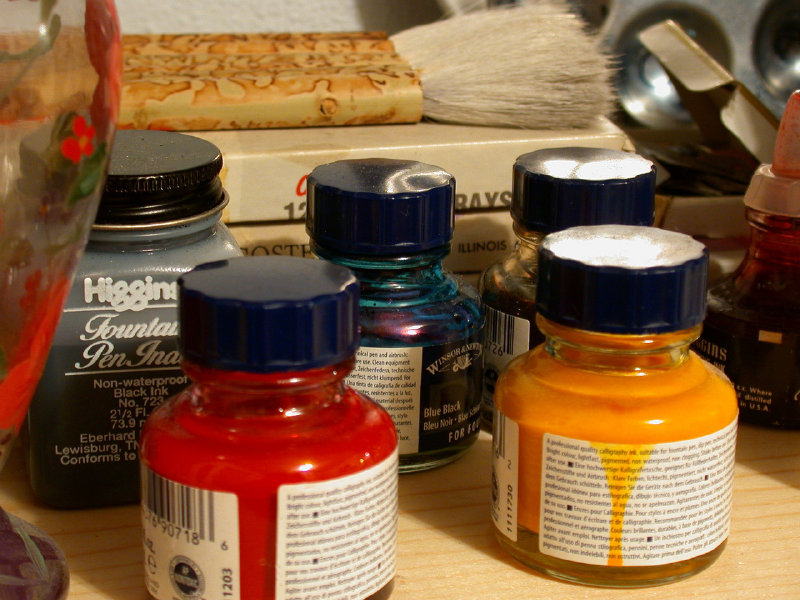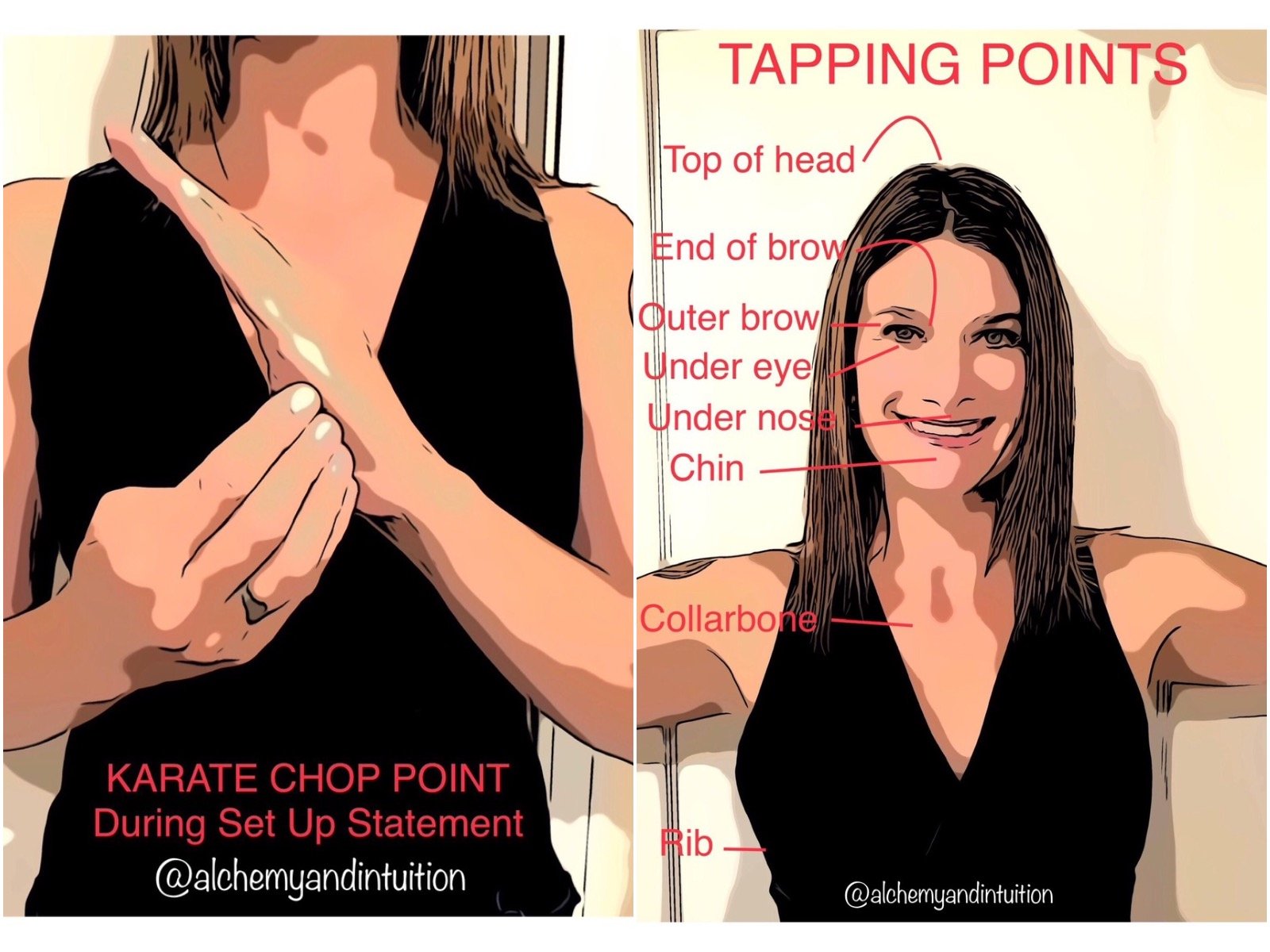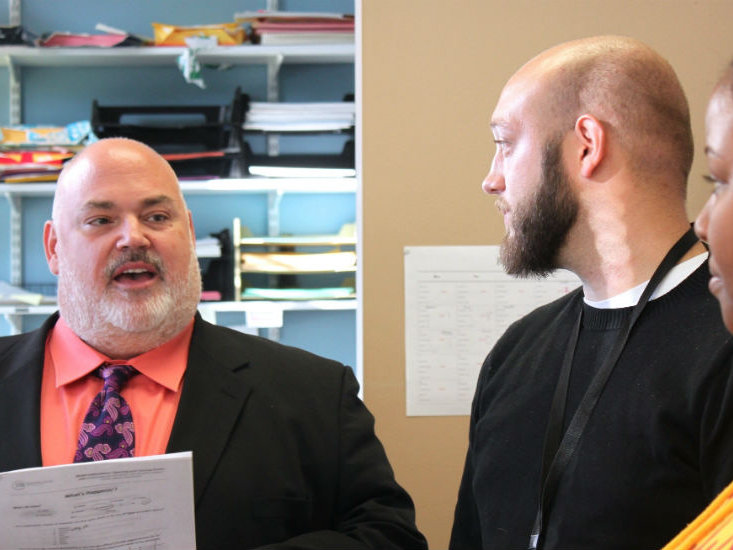New Year's celebrations are behind us, leaving only the resolutions to eat better and get fit. Don't worry, we're here to help. This week – Healthy Living Week, brought to you by The Milwaukee Y – we will focus on articles and information about exercise, eating right and staying healthy in a variety of ways.
Traditional "talk therapy" doesn’t work for everyone because some people are simply not comfortable verbalizing their feelings. This is where art therapy might work for someone who has suffered a trauma or is going through a rough spot in their lives and would like to process it in a more creative way.
"Art therapists provide counseling in a way that’s visual," says Dr. Emily Nolan. "There is a parallel between the creative and therapeutic process. Art taps into more parts of the body than just the brain."
Nolan has a PhD in art therapy from Mount Mary University. Nolan was one of the first few people to graduate from the college’s new doctorate program in 2014. Nolan also holds a bachelor’s in art education from the University of Illinois – Urbana-Champagne and a master’s degree from the Adler School of Professional Psychology in Chicago.
Today, Nolan is a full-time art therapy professor at Mount Mary and also runs the Bloom Center, a Bay View-based counseling center that makes art therapy available to the community both on site and by hosting art workshops at hospitals, homeless shelters, non-profits, schools and private practices.
Bloom: Center For Art and Integrated Therapies, which opened in 2012, employs three therapists and interns who run a variety of community programs, including an open-to-the-public art-making session every Saturday from 10 a.m. to 1 p.m. A small monetary donation is requested.
All forms of creative expression are used in art therapy, including writing, drawing, painting, sculpture, crafting and more. Although art therapy is imaginative and open, it is also structured and tailored to the person’s needs and goals.
Art therapy patients can choose the art form they want to use therapeutically. For example, if a person has a history working with clay, he or she can choose that as the medium to integrate with their therapy.
So how, exactly, does art therapy work?
According to Nolan, if someone is experiencing anxiety, for example, she will ask the person to get the feeling of anxiety out on the canvas and then have a conversation around it. The purpose of the conversation is to identify and, eventually, achieve goals. Most importantly, the patient learns through art therapy how to transfer the solace and understanding they glean through the creative process into their daily lives.
Nolan has worked with people with a range of mental health issues, from bipolar disorder to addiction to the inability to maintain healthy relationships.
"I’ve seen people come through some very negative experiences and make deep and wonderful changes in their lives," says Nolan.
Recently, a woman at a homeless shelter created a quilt during art therapy sessions hosted by Bloom interns, and within a year, she got a job and was no longer dependent on the shelter.
"We have not seen her since, which is, of course, a good thing," says Nolan.
Art therapy can be effective with individuals or groups. For some, it is less stigmatized than traditional therapy. "This creates less anxiety for some individuals," says Nolan.
Nolan says that although art therapy is a creative process, it is also effective with people who aren’t artists.
"I’ve worked with very logic-oriented people who said, through art therapy, they were able to let go of issues they felt they needed to control but were unable to do so," says Nolan. "Art helps people – all different kinds of people – process and regulate their feelings."
Molly Snyder started writing and publishing her work at the age 10, when her community newspaper printed her poem, "The Unicorn.” Since then, she's expanded beyond the subject of mythical creatures and written in many different mediums but, nearest and dearest to her heart, thousands of articles for OnMilwaukee.
Molly is a regular contributor to FOX6 News and numerous radio stations as well as the co-host of "Dandelions: A Podcast For Women.” She's received five Milwaukee Press Club Awards, served as the Pfister Narrator and is the Wisconsin State Fair’s Celebrity Cream Puff Eating Champion of 2019.







